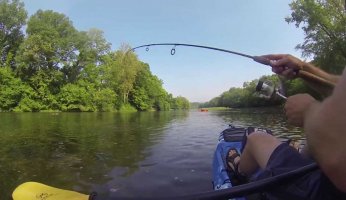Winter Trout Fishing
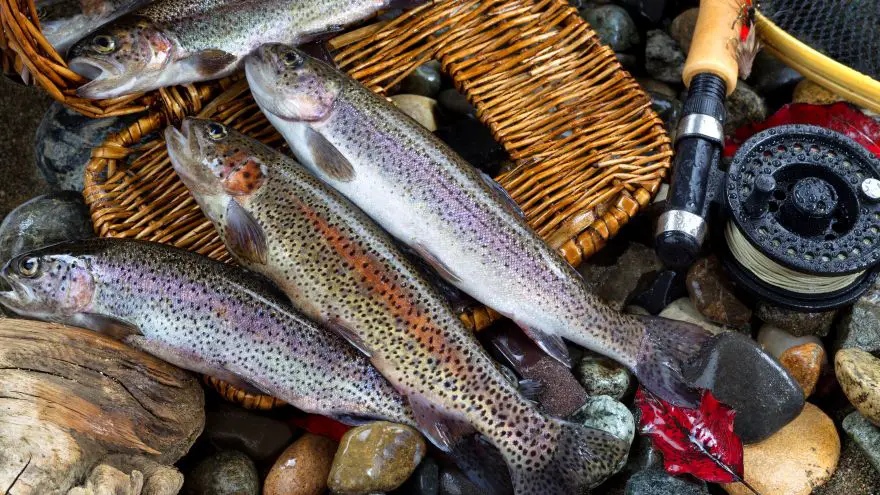 Winter Trout Fishing
gearweare.net
Winter Trout Fishing
gearweare.net
Trout are a beautiful and delicious cold water fish. They tend to thrive in spring-fed streams that are almost too cold to wade. They also feed all winter, which can open up a whole new season to your fishing schedule. If you brave the cold between December and March, you will likely be the only angler on the river. However, you need to be prepared for the challenges that this season brings. It is the most technically difficult season to catch trout.
However, with a few simple changes in the strategy you can have great success catching trout during the frigid months. In this article, I will cover ways that you can modify your approach to catching your limit of winter trout.
Table of Contents
Slow Down Your Movements
Trout slow their movements and body functions during the winter, because of which they are not quite as jumpy. However, there are variables that actually make it easier to spook trout during the winter. Trout are visual fish and become wary whenever they see movement or shadows. The low angle of the sun casts longer shadows on the water, so you must be cautious not to let your shadow fall on the stretch of water you are targeting. The water is lowest and most clear during the winter months, so scouting from the bank is your best bet. Find the fish you want to target before you ever set foot in the water.

You also want to avoid sudden movements. As you walk through the water and cast your line, you should move about half as fast as you would during the rest of the year. By eliminating sudden movements, you appear more natural to a fish and they are less likely to spook. Remember that snow on the banks of your stream will increase the trout’s ability to see, so you must modify your strategy to account for this.
Dull Down Your Colors
Trout are expecting dingy colors during the winter months. This means that your lures should be black, brown, or green. These colors look most natural to a trout during this season. However, this also means that you should adjust the colors you wear. Any bright clothing will be a literal red flag to winter trout. Stick to these same dingy colors when you get dressed for winter fishing.
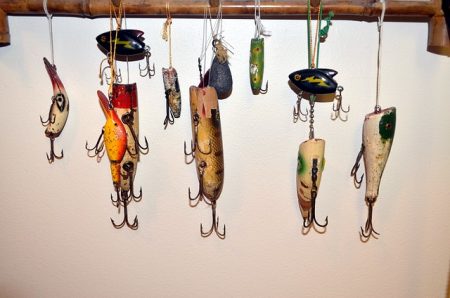
Cast Downstream
Your odds of scaring away a trout with your line are much greater during the winter. Your best bet is to wade to a spot in which you are not casting shadows in the wrong spot. Then cast downstream towards your target fish, but at least four feet short. Gradually let out line to allow your lure to float into the range of the fish. Keep in mind that strikes are subtle during the winter. You should gently set your hook when you feel even the slightest twitch on your line.
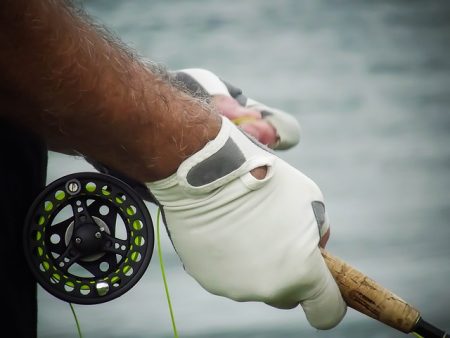
Focus on Weight
To be successful catching trout in the winter, you have to actually hit the fish in the face with your lure. This means that the weight of the lure is a huge factor. If you are having difficulty getting bites, do not be hasty to change the type of lure, color or tackle. Instead, change up your weight to try to get your depth right. You should change your weight five times before you even consider changing anything else.
Be Patient
It will take longer to get a strike in the winter versus the rest of the year. This means waiting longer between casts and planning for more casts between strikes. Watch your fish carefully and see how it reacts to your lure. Even if you do not get a strike, look for any movement that indicates interest. Just remember that even an interested fish may take its sweet time before it decides to bite.
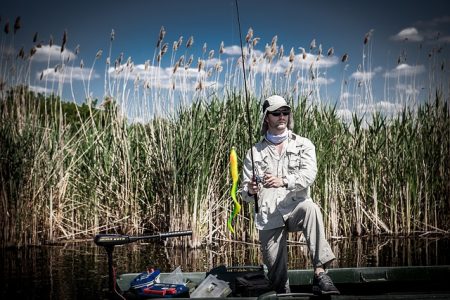
Smaller Is Better
When fishing for trout in the winter, size down your setup. Lures should be smaller and are best if they resemble a nymph. Black stoneflies are good as well. You should also reduce the thickness of your line. Trout will not fight as hard during the winter months, but they are very particular about what they will strike. If they see your line, you will not get a bite.
Use Dams to Your Advantage
Trout are most active in water between 45F and 65F in temperature. Any water below that temperature will slow down the movements, metabolism, and feeding habits of trout. However, even during the winter, you can find warmer water below bottom release dams. The water held by these dams stays warmer than the rest of the winter, so you may get more action by fishing just below these dams.
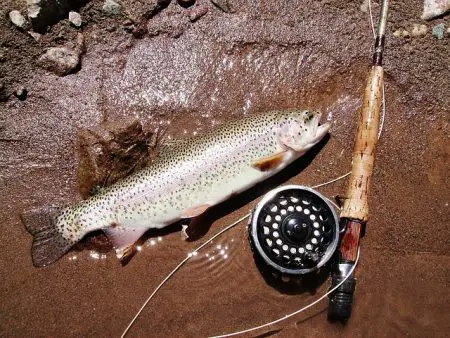
Fishing for trout in any weather is always enjoyable for me. Wading out into a stream and targeting those pretty speckled fish is one of my favorite ways to unwind. Fishing for trout in the winter ensures a serene experience untainted by other anglers. As the temperatures drop, get your gear ready and hit the water for a unique experience.







